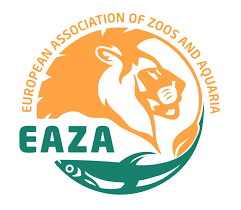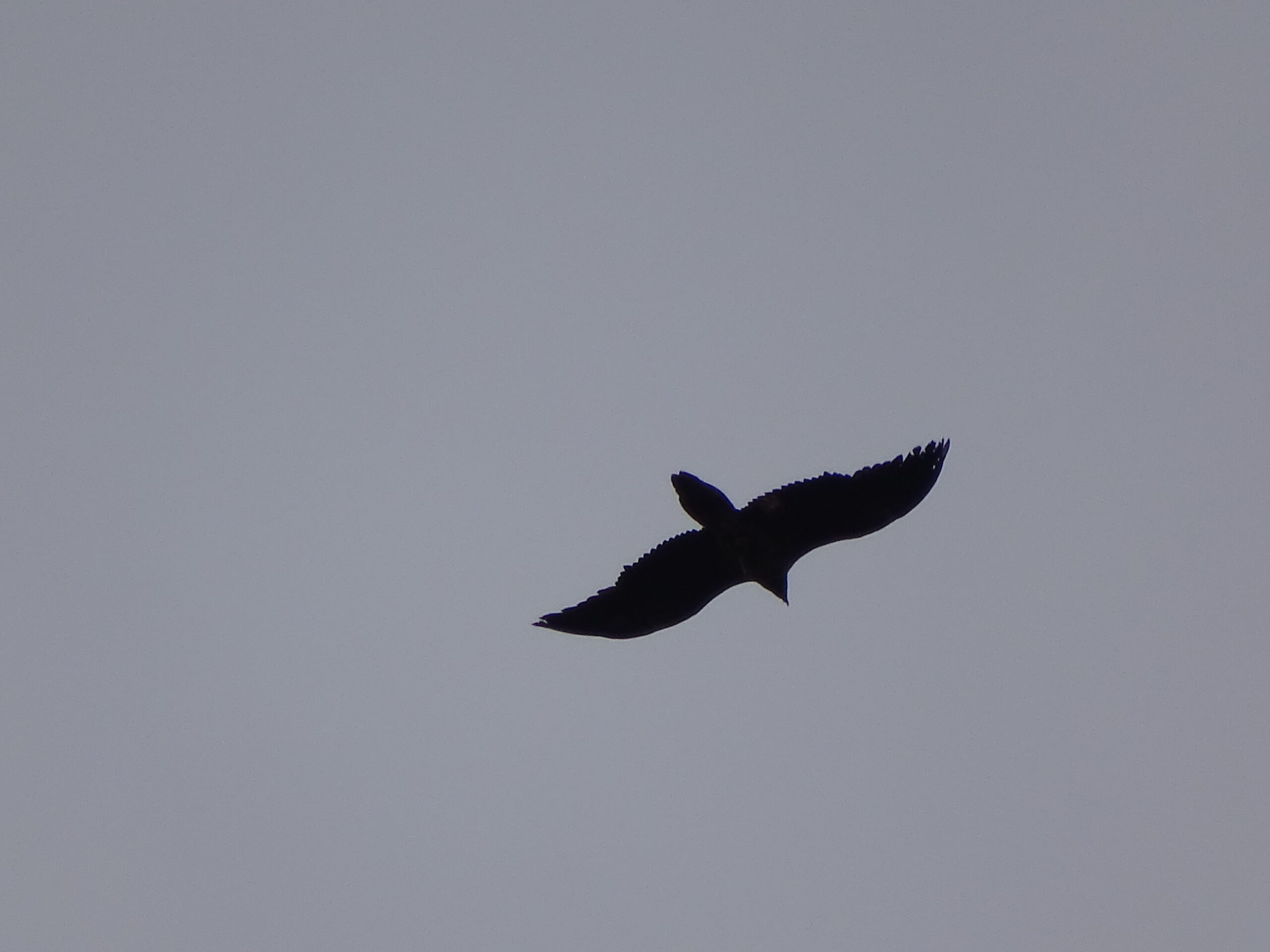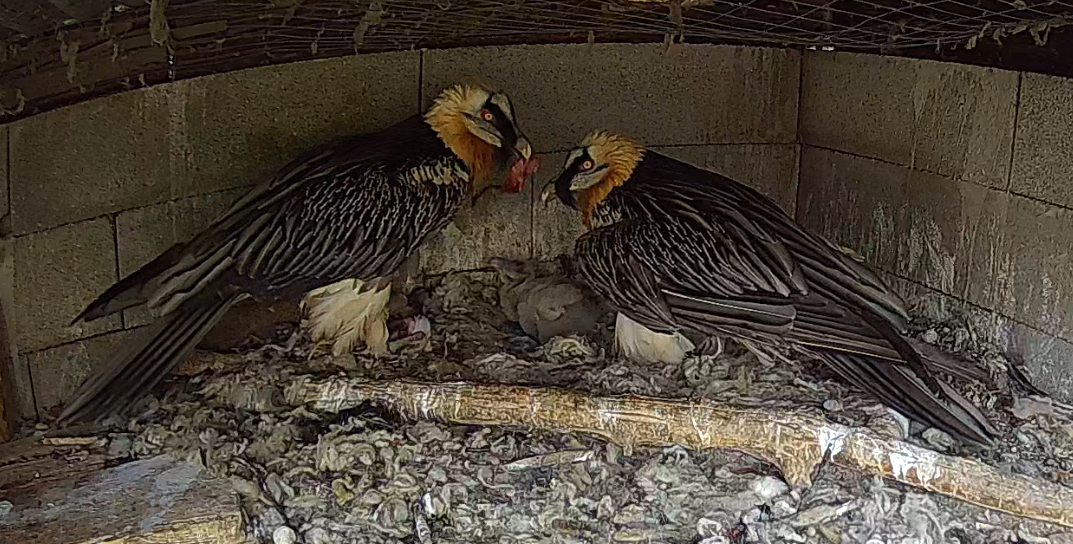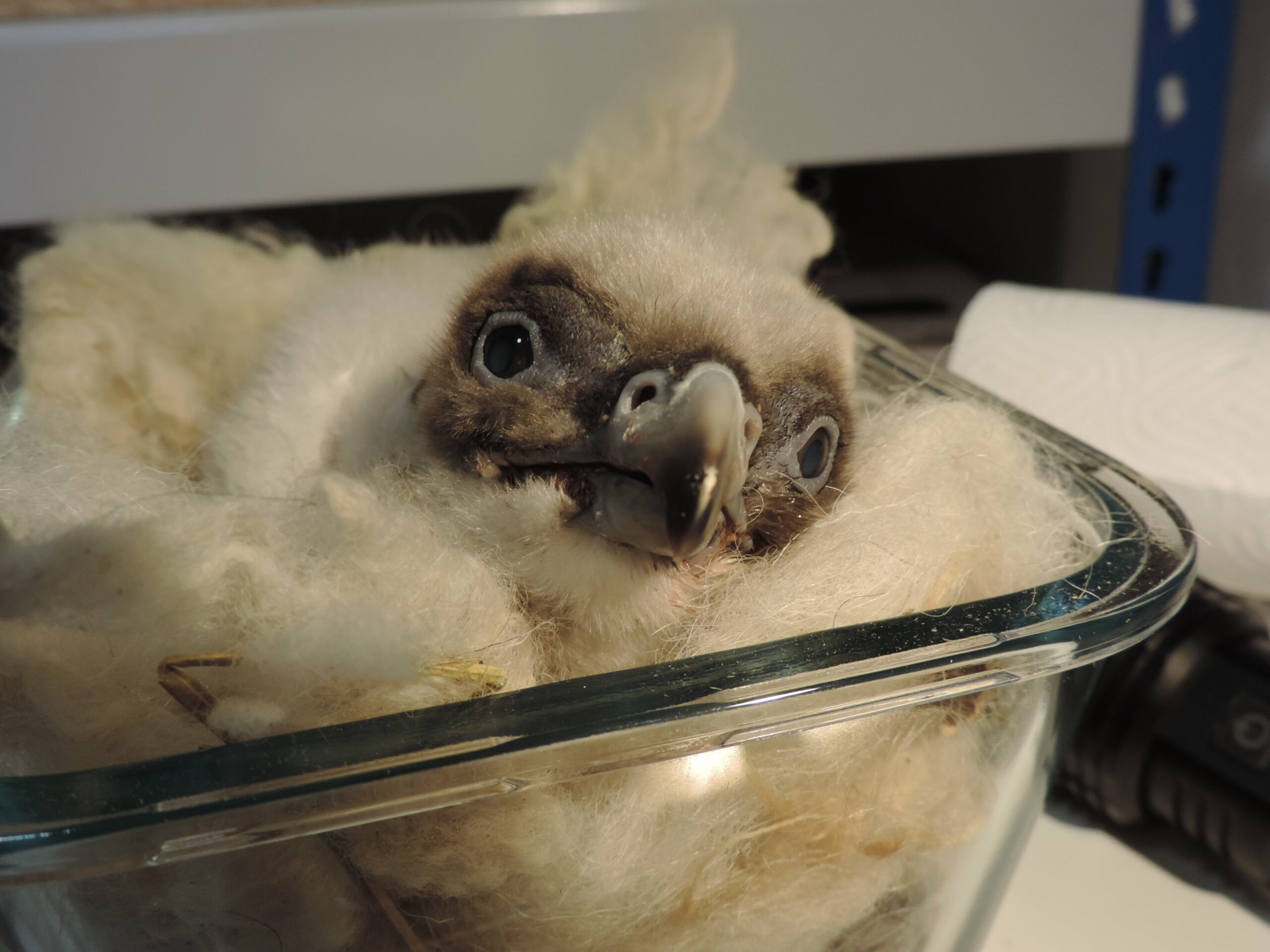In July 1999, the Department of Environment of the Government of Andorra and the Association for the Defense of the Nature developed PACT, an action plan for the Conservation of the Bearded vulture (Gypaetus barbatus) at the Principat of Andorra. Since then, the measures implemented aimed to:
-
Improve the legal protection of the bearded vulture.
-
Keep to zero the non-natural mortality of the species in Andorra.
-
Protect the vital areas of the bearded vulture.
-
Guarantee the availability of food.
-
Research the use of the territory.
-
Favor the natural establishment of at least a breeding pair in Andorra.
-
Disseminate information on this emblematic species in Andorra.
-
Collaborate with the neighboring countries in the recovery of the Pyrenean population of Bearded vulture and other raptors.
One of main actions carried out by the PACT during all these years has been the follow-up of the reproduction of a bearded vulture pair established in Andorra since 2004. In these 12 seasons, the couple has reproduced successfully 4 times (2004, 2006, 2008 and 2011), in year 2005 they failed to lay any egg, and in 2007, 2009, 2010, 2012, 2013, 2014 and 2015, they failed in their attempt to reproduce.
MONITORING OF THE NEST WITH CAMERA
During the breeding season 2010-2011 a micro-camera was located inside the nest. Until now this camera has documented successfully 5 breeding seasons, from 2011 until the present 2015. The camera allows fir the identification of the causes of the frequent failures in the nesting of the Bearded vulture in Andorra and in the Pyrenees.
RESULTS AND CONCLUSIONS
In the 5 seasons, only one was successful – a chick flew in 2011. The pair bred in three different nests in these 5 years, all equipped – Nest 1 (2011), nest 2 (2012, 2013 and 2015) and nest 3 (2014).
Altogether more than 9,000 hours of activity in the nests were recorded. In the table below you can see the outcome of the breeding
|
YEAR |
NEST |
INCIDENCES |
RESULT |
|
1/2011 |
*N1 |
Double brood/cainism Intruder in the nest/exchange of individuals, Female disappeared |
Chick flew |
|
2/2012 |
*N2 |
New female/ single brood Period of Incubation exceeded Abandoned egg depredated by ravens |
Failure |
|
3/2013 |
*N2 |
Double brood/disappearance of an egg Female scared by noise and crush the egg |
Failure |
|
4/2014 |
*N3 |
Single brood Female scared by noise and crush the egg |
Failure |
|
5/2015 |
*N2 |
Double brood Disappearance of a chick at hatching Chick is predated by ravens (26 days) |
Failure |
The following disturbances have been recorded:
-
Disturbances of anthropogenic origin: in the three first seasons (2011-2013) some works on the road and the buildings of a nearby urbanization has originated intense noise that did not seem to bother much the pair. It is also a zone with repeated flights with helicopter. However, in 2013 and 2014 the female has been scared by a strong and dry noise (that has not yet been identified) in the final stretch of the incubation, and in her reaction she crushed the incubating egg.
-
Intraspecific disturbance: In 2011, when the chick was 9 weeks old a third individual burst into the nest in a violent way with aggressive behavior to the male (the female had disappeared) and the chick. In spite of this the intruder softened its behavior and finished collaborating (substituting the female) in the rearing of the chick.
-
Interspecific disturbance by ravens (Corvus corax): During the five monitored seasons repeated disturbances and attacks of all kinds by ravens have been observed. In 2012, the recently abandoned egg was depredated and eaten by ravens, and in 2015 a raven attacked and killed a chick that was already 26 days old.
The monitoring with cameras of the nest of Bearded vulture in Andorra is foreseen to continue at least until 2017.
The VCF would like to thank Angel Bonada, the coordinator of the PACT-Andorra, for this information and for all the photos and video.








